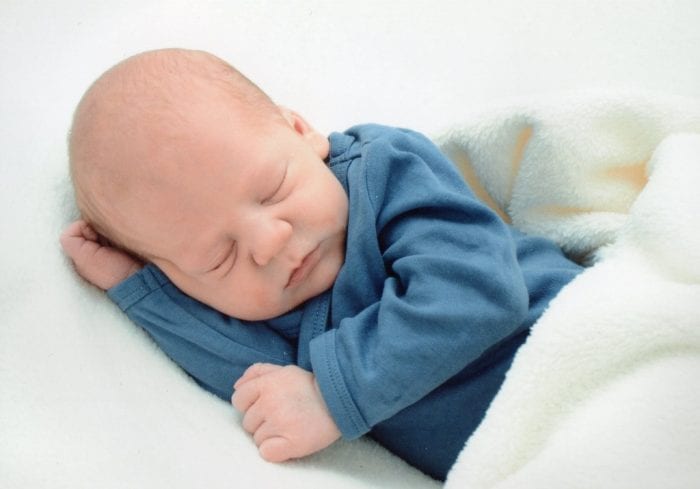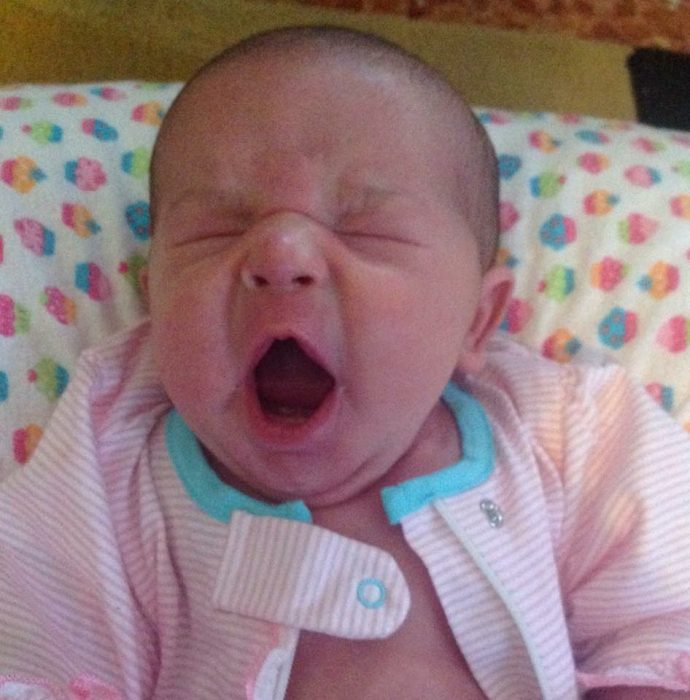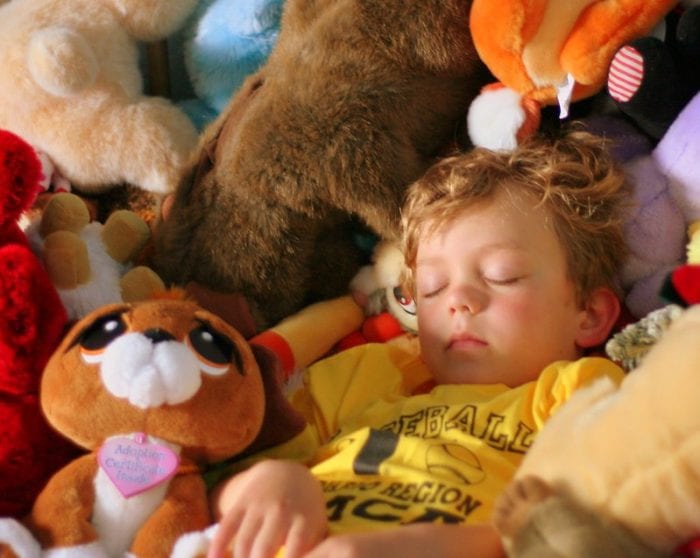When do babies transition from two naps to one? Many parents of newborns learn quickly that they take several short periods of sleep a day to start out. Then, after a few months, a schedule tends to set in that includes a late morning and afternoon nap.

Source: pxhere.com
Ideally Transitioning Kids To Have Less Naps
And eventually, many children transition to one nap. Nap transitions and dropping a nap are normal parts of raising a baby. So, if you had a guide to children’s sleep cycles, what would it say about the perfect time to transition to one daily nap? You probably already know that not all kids are the same. You should do what’s right for your baby; you just need to stay consistent. However, there are some tips for knowing that your little one is ready for a nap transition.
When Do I Transition: Two Naps To One?
So, when do babies go from 2 naps to 1? Too much daytime nap can cause baby to go more energetic at night. So, just adjust bedtime and establish a wake window. When you’re ready, try it out.
Ultimately, there’s no way only one universal guide works for all families. Babies, parents, and families are all very different and lead different kinds of lifestyles. It’s important that you take that into consideration if you’re still figuring out the right time your baby should transition sleeps. Note that transitioning baby naps could hard at first.

Source: flickr.com
There is an average age, though, that you can use as a guideline in determining if your child is ready in changing sleep schedules. Babies typically sleep once between 13 and 18 months. The average age is 15 months for making this transition. You could start seeing signs that your baby is ready around 12 months, sometimes.
How Many Short Sleeps Should A Child Take?
Generally, children that are one year old should still be taking two naps. They’re still usually taking a morning sleep that’s about an hour and a half, as well as an afternoon nap that’s about the same length. However, as was said above, some infants will already be moving toward only taking one sleep during the day, whether a morning nap or an afternoon nap. As long as they are getting enough sleep and start staying awake longer during the day, napping once daily is fine.
When Do Infants Transition From Two Naps To One?
There are certainly some signs to look for that will help you know that your baby is ready to drop a sleep and trasition sleeps. Below are some signs you should notice.

Source: pixabay.com
- One or both short nap needs are getting consistently shorter
- When a baby is starting to refuse to nap during the day or doesn’t seem to need day nap as much
- When your baby have a nap period of 11 hours or more, and can stay asleep without interruption at night.
- If a baby nap gets skipped, the baby doesn’t show signs of being overly tired
- Longer awake time, which means the baby is able to comfortably stay awake for long periods
- If your baby is exhibiting some or all of these signs, your baby is probably ready to stop taking two naps. You can start trying to make that nap transition for your baby.
- If baby can nap easily but only once a day, your baby is ready for transitioning.
- When your baby starts resisting a nap consistently.
- Your baby is consistently extending the duration of nap.
- Your baby has fewer naps. Your baby is napping at night.
- Your baby is more alert in the morning and not napping anymore.
- Your baby is going alert and only doing 1 nap daily.
In general, daytime naps are considered as restorative sleep. Babies need quiet time during day so they can rest and recover their body’s energy.
How To Help Infants Transition From Two To One Nap?
The best way to help your baby transition sleep is by starting with moving their morning nap time so that it starts later. Make sure you child is ready for two nap days. You can implement this by moving it little by little. Usually, if you move it a half hour at a time, you can get them used to it in about a week. The first attemp
Respond to what you see appropriately. For instance, if your baby wakes up after only a short nap, perform your best to get him or her back to sleep so they get the rest they need. One nap is taking the place of two, so it needs to be longer.
As for nighttime sleep, don’t be afraid to move them to an earlier bedtime if you need to. This may also mean lengthening wake windows. Your child may need time to get used to an early bedtime during the transition period. There’s nothing wrong with that, but make sure to keep an eye out for early waking. The most important thing is that your child gets the sleep they need and that they stick to a consistent routine.
Understand that a smooth transition is rare. If there are days that come along where you feel your child could might need a second nap, it’s ok to give them one. Sometimes the best way for children to get a good night’s sleep is to get a few good nap times in.

Source: flickr.com
Babies Tend To Drop A Nap: Morning Nap Or Afternoon Nap?
Infants tend to drop different naps first. You could have a child that naturally gives up the morning nap first or one that gives up the afternoon nap first. Ultimately, it doesn’t really matter. Once it looks like they’re ready to transition down to one nap, you should work on moving the daily nap to the middle of the day, just after lunch.
Still Not Sure About When Should Babies Move Down To One Short Sleep A Day?
If you’re still not sure if your child should make the one nap transition down to just one daily nap, don’t worry, you’re not alone. This is one of those things that many moms and dads are unsure of. Your child’s health is important and sleep habits affect their health in a big way. So, let’s look at some frequently asked questions asked by parents on a regular basis, together.
- Is 11 Months Baby Too Early for One Nap?
An 11-month old might start showing some of the signs for readiness to transition to one nap. You’ll want to look for more cues, though. You can try out doing just one nap, but you’ll likely find that after a few weeks your little one will be needing the two naps again.
- Is 12 Months Old Baby Too Early for One Nap?
One-year-olds who seem to be ready to transition to one daily nap could be ready. But this too is a little bit earlier than the average. Similarly to an 11-month old, a one year old will likely need two naps most days.
- Is 13 Months Old Baby Too Early for One Nap?
At this age, most children tend to show signs that they’re ready to transition to one nap. Could it be too early? Yes, it could be, but this is closer to the time most little ones are ready to stop taking two naps. You can try out the transition to see if it sticks, and if so, push forward with the change. Just wait for your baby’s nap ends and then restart the routine again.

Source: wallpaperflare.com
What you need to remember is that it’s all about your child. You will see the cues by observing your child, and you’ll know that it is the right time to make this transition. And what’s more is, if you try moving down to one short sleep and it just isn’t working, it’s ok to stick with two naps and try again later. The first few attempts would be a bit rocky for the whole family. But you will get through it.
Now We Want to Know—At What Age Did Your Child Switch to 1 Nap a Day?
As moms and dads, we all learn by listening to each other. So, we want to know when your child made the transition down to one. Practice nap transition readiness until you can establish a good sleep schedule for your child. Leave us a comment about your child’s napping experience. We always love to hear our readers’ comments and appreciate what you have to say!
Frequently Asked Questions
At What Baby Age Stops Taking Nap Twice?
Many infants stop having a couple of short sleeps per day at ages 12 and 24 months. Meanwhile, some toddlers stop having morning nap, and other toddlers drop their afternoon nap.
Can You Drop One Nap Cold Turkey Or Implement A Slower Baby Nap Transition?
Yes, your child may be ready to drop one nap cold turkey and transition to one nap. Some signs that he is ready for a one-nap schedule and drop one nap cold turkey are when he is energetic and cannot sleep. Or in his two-nap schedule, you notice he is having short sleeps.
Is Pre-Afternoon Or Afternoon Baby Nap Longer?
The morning sleep or afternoon sleep of a child aged 10 months to age 1 is usually quite long. The morning nap is less than an hour and the afternoon nap is about one to two hours. Also, the recommended sleep averages include 3-5 hours of daytime sleep and 11-12 hours of night sleep for newborns. Toddlers must have 2 to 2.5 hours of daytime sleep and 8.75 to 11.5 hours of night sleep.
Which Baby Nap Is Most Important?
The child sleep that is most important is the first nap. However, it does not mean that the second one or the next sleep is not important. This is because the first nap has the best sleep for toddlers and babies.
Which Nap Of The Day Should Be The Longest For A Baby?
The afternoon is usually the longest sleep for most babies. The catnaps should not be longer than 1 hour.
Should I Let My Baby Nap After 5 PM?
When your child’s age signals resistance from drop naps, you must identify the reasons behind the short naps and explore effective strategies that can help them peacefully drop into a rejuvenating sleep. Understanding and addressing the factors that make your child resist naps can help you craft a better sleep routine.
Should You Put An Infant In A Dark Room For A Daytime Nap?
How Long Should A Child Bridge Sleep Be?
Should I Stay In The Room While My Child Sleeps?
Why Does A Child Love To Take Naps?
How To Know If Your Child Is Ready For One Sleep?
Is 12 Months Old Child Too Early For One Sleep?
What To Know If Your Child Needs To Miss Their First Nap?
What Is The 2-3-4 Method To New Moms?
Are Naps Better From Nighttime Sleep?
What Ages Are Prone To Sleep Regressions?
What If My Kid Skips Last Sleep?
What To Implement If My 1 Year Old Takes One Sleep?
What Is A Good Sleep Schedule To A 12 Month Old?
How Many Naps To Give A 12 Month?
Should I Let My Child Sleep Longer Than Two Hours?
How Should I Learn To Drop My Dream Feed?
How To Encourage Child To Sleep During Day By Age?
How To Help Child Sleep During The Day?
Is There A 10 Month Regression?
Will A 10 Minute Sleep Count For Child?
What Is The Longest Sleep For A 1 Month Old?
Is 10 Minutes Enough For A Child To Sleep?
What Is A One Year Old Danger Sleep?
What Do I Implement If My 1 YearOld Skips Sleeping?
Can A One Year Old Survive Without A Sleep?
How Do Babies Drop To One Night: Other Resources
https://www.happiestbaby.com/blogs/toddler/transitioning-from-two-naps-to-one
http://www.comotomo.com/transitioning-from-two-naps-to-one/
https://www.parents.com/toddlers-preschoolers/sleep/101/from-two-naps-to-one/
Last Updated on May 13, 2023 by Mary Cimeni
DISCLAIMER (IMPORTANT): This information (including all text, images, audio, or other formats on FamilyHype.com) is not intended to be a substitute for informed professional advice, diagnosis, endorsement or treatment. You should not take any action or avoid taking action without consulting a qualified professional. Always seek the advice of your physician or other qualified health provider with any questions about medical conditions. Do not disregard professional medical advice or delay seeking advice or treatment because of something you have read here a FamilyHype.com.